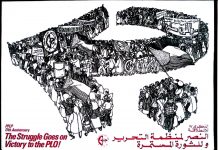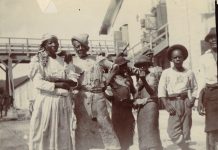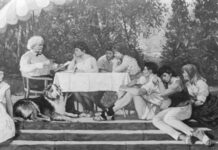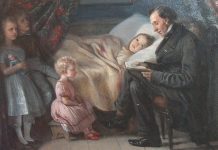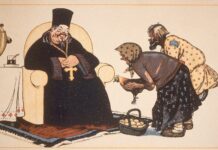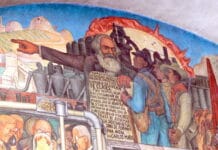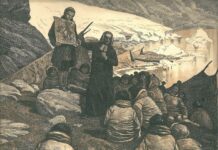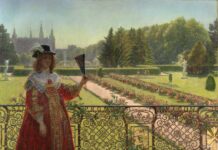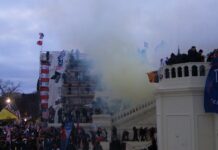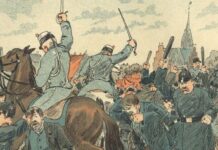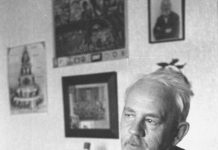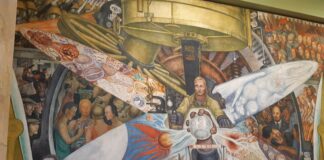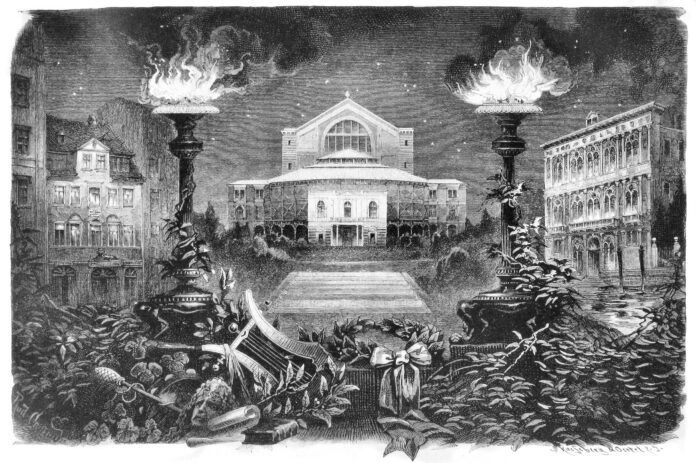
Socialistisk Biblioteks Tidslinje med links til begivenheder og personer i 1813.
Se også Index over personer, organisationer/partier og værker (som bøger, malerier, mm.), steder, begivenheder, mv., der er omtalt på hele Tidslinjen, titler og indhold på emnelisterne osv.
5. januar 1813
Den danske stat går bankerot.
Se:
- Statsbankerotten 1813 (Denstoredanske)
- Statsbankerotten (1813) (Wikipedia.dk)
- Statsbankerotten 1813 (Danmarkshistorien.dk)
5. maj 1813
Den danske filosof Søren Kierkegaard fødes (dør 11. november 1855, se denne)
22. maj 1813
Den tyske komponist Richard Wagner fødes i Leipzig (dør 13. februar 1883 i Venedig).
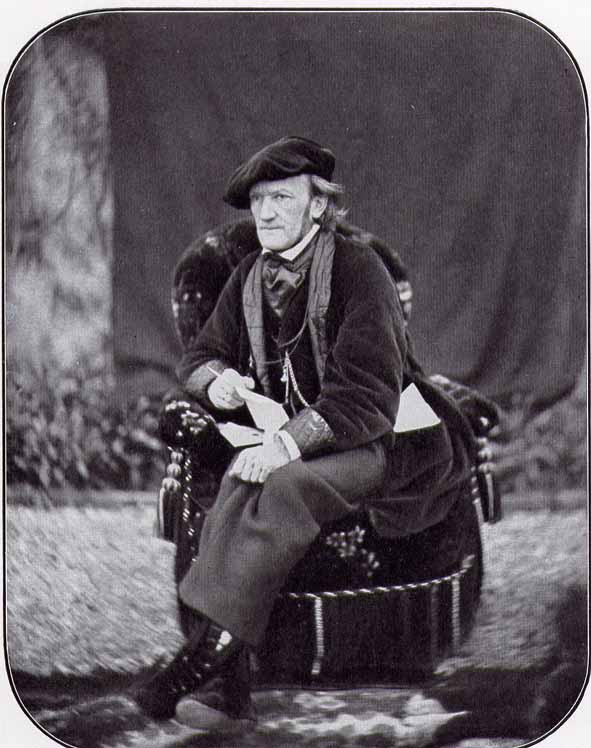
Se:
Wikipedia-artikler på dansk, den større tyske og den fremhævede engelske – English article is “good” and the norwegian is featured.
Wagner controversies (Wikipedia.org)
Verdi: the music of revolt. By Sabby Sagall (Socialist Review, October 2013)
Wagner and the Jews. By Daniel Barenboim (The New York Review of Books, Vol.60, No.11, June 20, 2013)
Wagner: ring of change. By Simon Behrman (Socialist Review, May 2013)
Richard Wagner: On the 50th anniversary of his death (1933). By Anatoly Lunacharsky (Marxists Internet Archive)
Richard Wagner in his revolutionary years (1848-1878). By Mary Moore (Sweet Briar College, 1934, 178 p.; online at Archive.org)
Richard Wagner. By E. Belfort Bax (New Age, 23 November 1911; online at Marxists Internet Archive)
Wagner as a revolutionary. By Dora B. Montefiore (The Social Democrat, Vol.6, No.7, July 1902; online at Marxists Internet Archive)
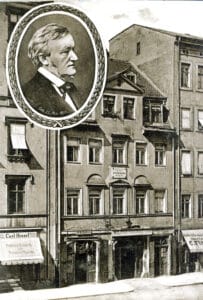
Literature:
“Wagner – Revolution to Racism”. In Anthony Arblaster: Viva la Liberta : Politics in Opera (Verso, 1992, p.147-192).
Se også/See also:
The power circle. By Colin Wilson (Socialist Review, December 2004; online at Internet Archive). Review of Wagner’s Siegfried.
Obscure ringtones. By Sabby Sagall (Socialist Review, June 2004). Review of Wagner’s The Valkyrie.
Love can’t buy you money. By Sabby Sagall (Socialist Review, April 2004; online at Internet Archive). Review of Wagner’s Rhinegold.
Se også på Socialistisk Bibliotek:
Linkboxen: Wolfgang Amadeus Mozart: Musik i opbrud
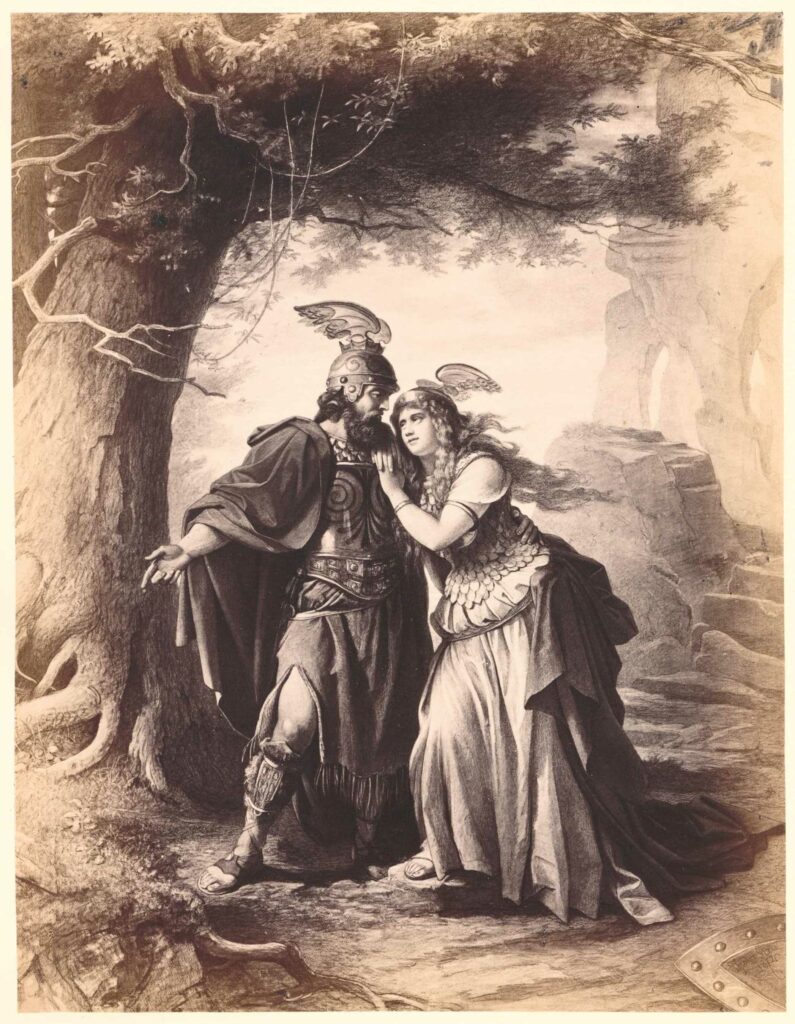
6. juni 1813
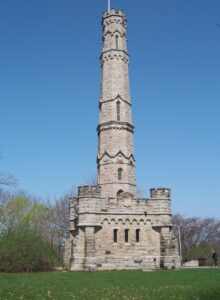
USA’s invasion af Canada standses ved Stoney Creek, Ontario.
Se:
Battle of Stoney Creek (Wikipedia.org)
Se også på Socialistisk Bibliotek:
Tidslinjen: 1. juni 1812, om 1812-krigen
5. oktober 1813
Shawnee-indianerhøvdingen Tecumseh dræbes i kamp mod USA (født 9. marts 1768, se denne)
10. oktober 1813
Den italienske komponist Giuseppe Verdi fødes i Le Roncole (dør i Milano 27. januar 1901).
Ikon for den national-revolutionære samling af Italien.
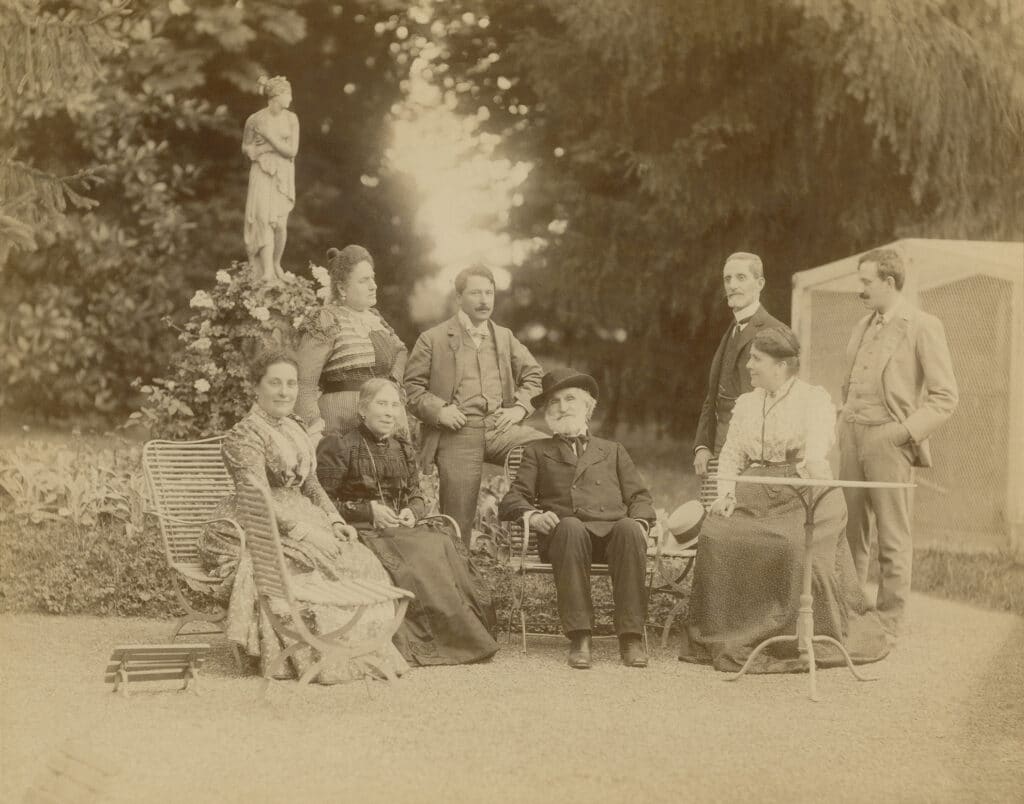
Links:
Giuseppe Verdi (Wikipedia.dk)
New York City exhibit examines the creation of Verdi’s last two operas. By Fred Mazelis (World Socialist Web Site, 16 October 2019). “At the same time, it must also be stressed that Verdi himself was no accident. He was the magnificent musical heir to the Enlightenment tradition …”
The bicentennial of Giuseppe Verdi. By Fred Mazelis (World Socialist Web Site, 10 October 2013). “Verdi’s times were also revolutionary times, and he powerfully embodied the immense social and cultural changes of this period.”
Verdi: The people’s opera. By Sabby Sagall (Socialist Review, Issue 251, April 2001). “The Italian composer Verdi was the inspiration of Italian nationalism.”
Verdi, opera and revolution. By Nicole Colson (Wearemany.org; Socialism 2013). Audio-link.
Verdi’s “music of the connon: Writing opera about the fight for liberationriting opera about the fight for liberation. By Nicole Colson (Socialistworker.org, May 11, 2001). “… reviews Verdi’s life, showing that the spirit of resistance to tyranny filled his work.”
Verdi the revolutionary? Let’s separate fact from fiction. By Roger Parker (The Guardian, 7 October 2013). With video clips + additional links. Incl. to: Verdi, the unwitting Nazi favourite (The Guardian; Tomsercvice on Classical blog, 8 October 2013)
Verdi: Va’ pensiero/Chorus of the Hebrew Slaves/Slavernes Kor (flash mob at the university library at Universita de Marcarada (YouTube, 3:31 min.). On Va, pensiero (Wikipedia.org)
Va’ pensiero…: Riccardo Muti speaking about Italian culture, Opera di Roma, 12.03.2011 (YouTube, 8:23 min.). “Conductor Riccardo Muti interrupted a performance of ‘Va, pensiero’ at the Teatro dell’Opera in Rome for a short speech protesting cuts in Italy’s arts budget, then asked the audience to sing along.”
Litteratur:
Giuseppe Verdi: myten, mennesket og komponisten. Af Francesco Cristofoli (Gyldendal, 2000, 239 sider)
Se også:
People in class houses. By Chris Harman (Socialist Review, Issue 196, April 1996)
Marxism and opera. By Louis Proyect (Marxmail.org, 25 May 2002)
Se også på Socialistisk Bibliotek:
Linkboxen: Wolfgang Amadeus Mozart : Musik i opbrud
Tidslinjen: 22. maj 1813, om Richard Wagner
17. oktober 1813
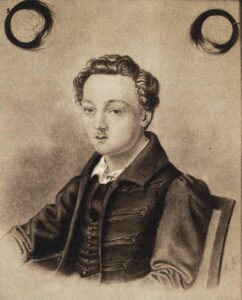
Den tyske borgerlig-revolutionære digter og naturvidenskabsmand Georg Büchner fødes i Goddelau ved Darmstadt. (Dør 19. februar 1837 i Zürich, Svejts).
Forfatter til skuespillene Dantons Død (dansk,1973)
og Woyzeck**
Vigtigste tyske litteraturpris kaldes Georg-Büchner-Preis.
Se:
Georg Büchner (Wikipedia.se). Kort svensk intro.
Georg Büchner (Wikipedia.org). Kortere engelsk intro
Georg Büchner (Wikipedia.de). Længere tysk artikel
Se også:
Georg-Büchner-Preis (Wikipeida.de). Med link til prisen.
** (Findes i flere danske udgaver og oversættelser på dansk, også med titlen Wozzeck, og er også forlæg for Allan Bergs opera Wozzeck. Se engelsk artikel om denne på Wikipedia.org)



